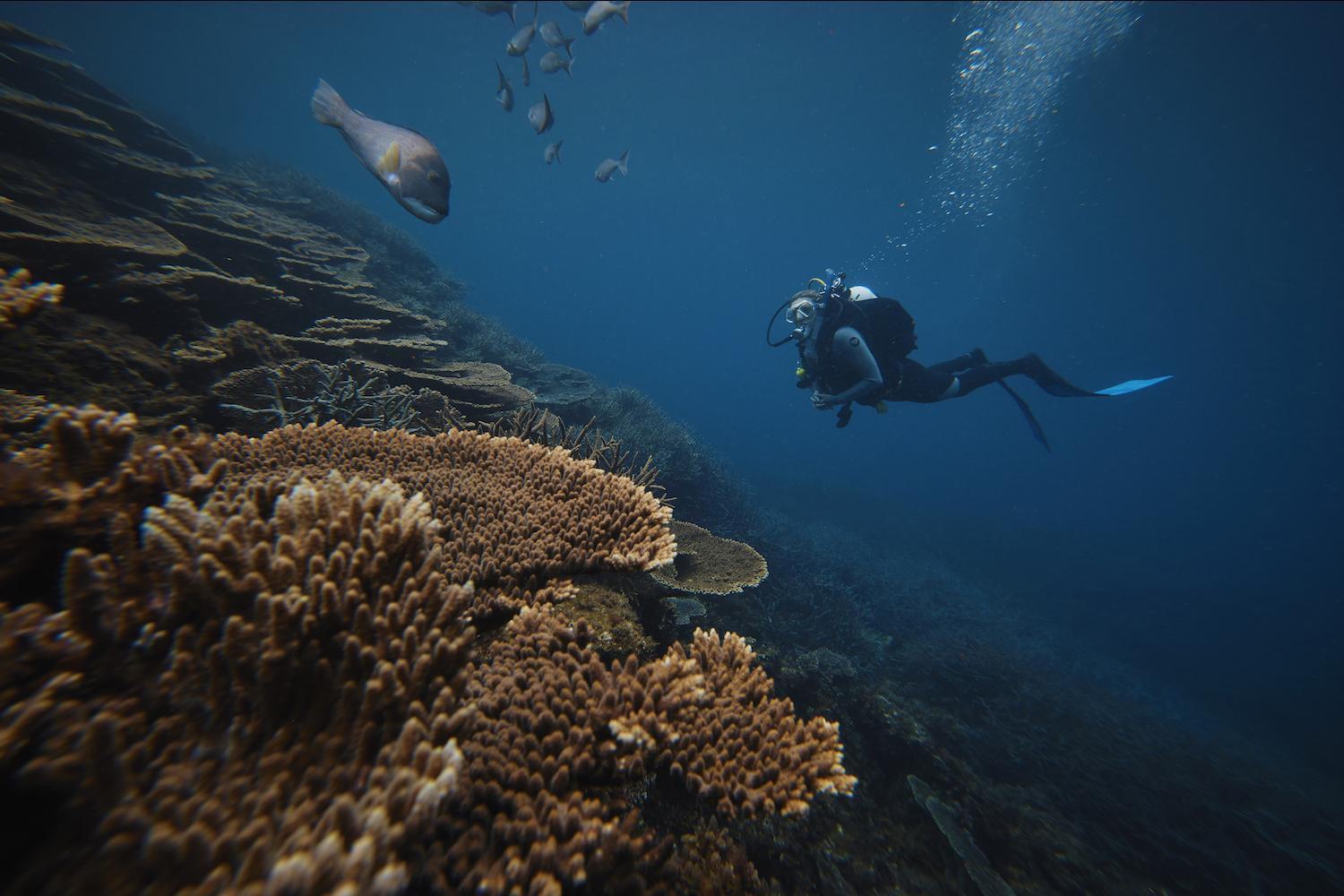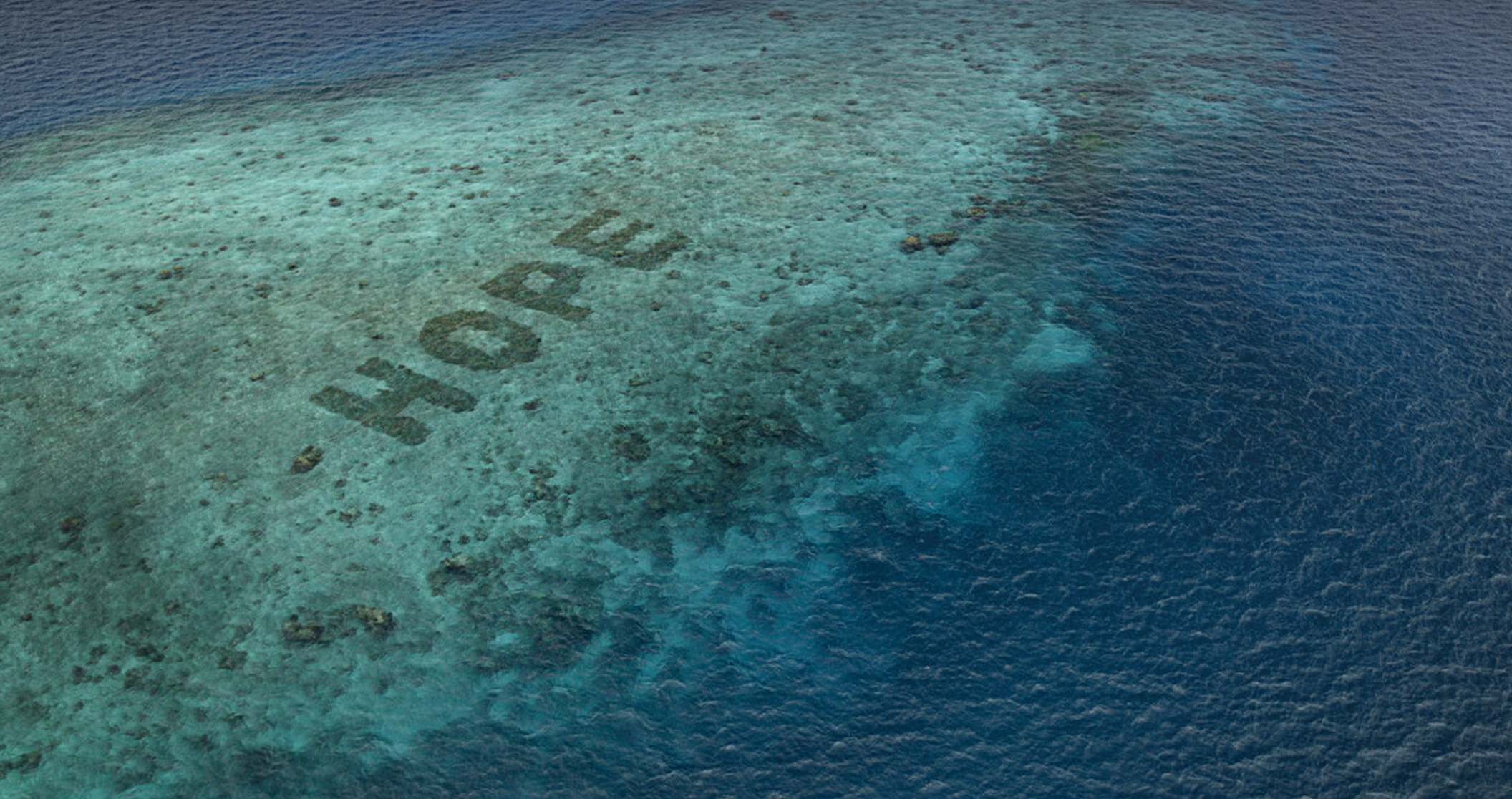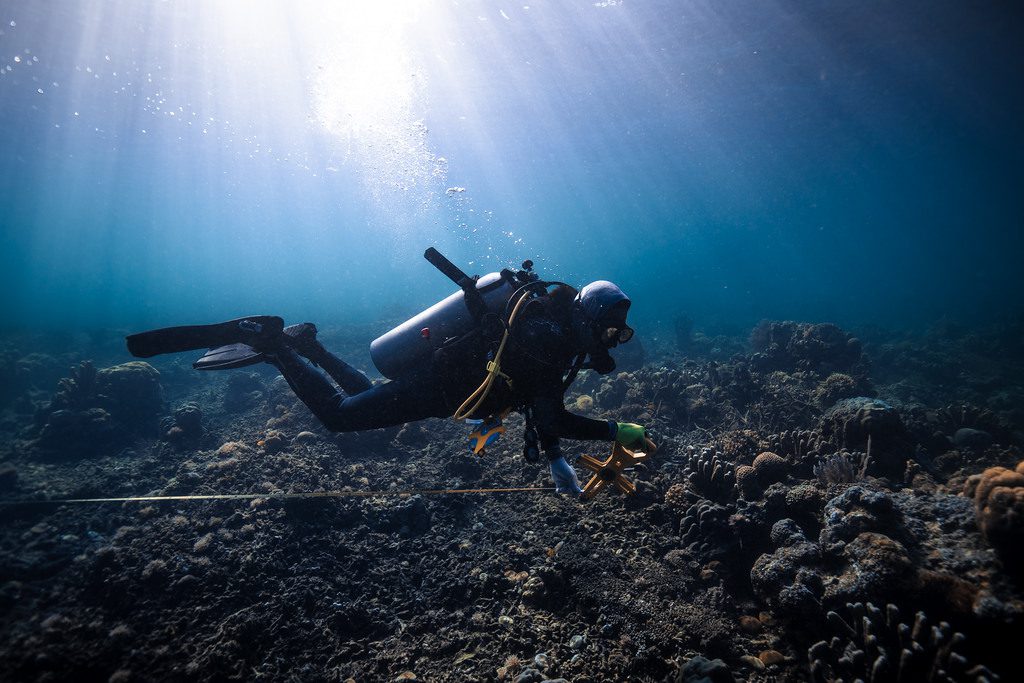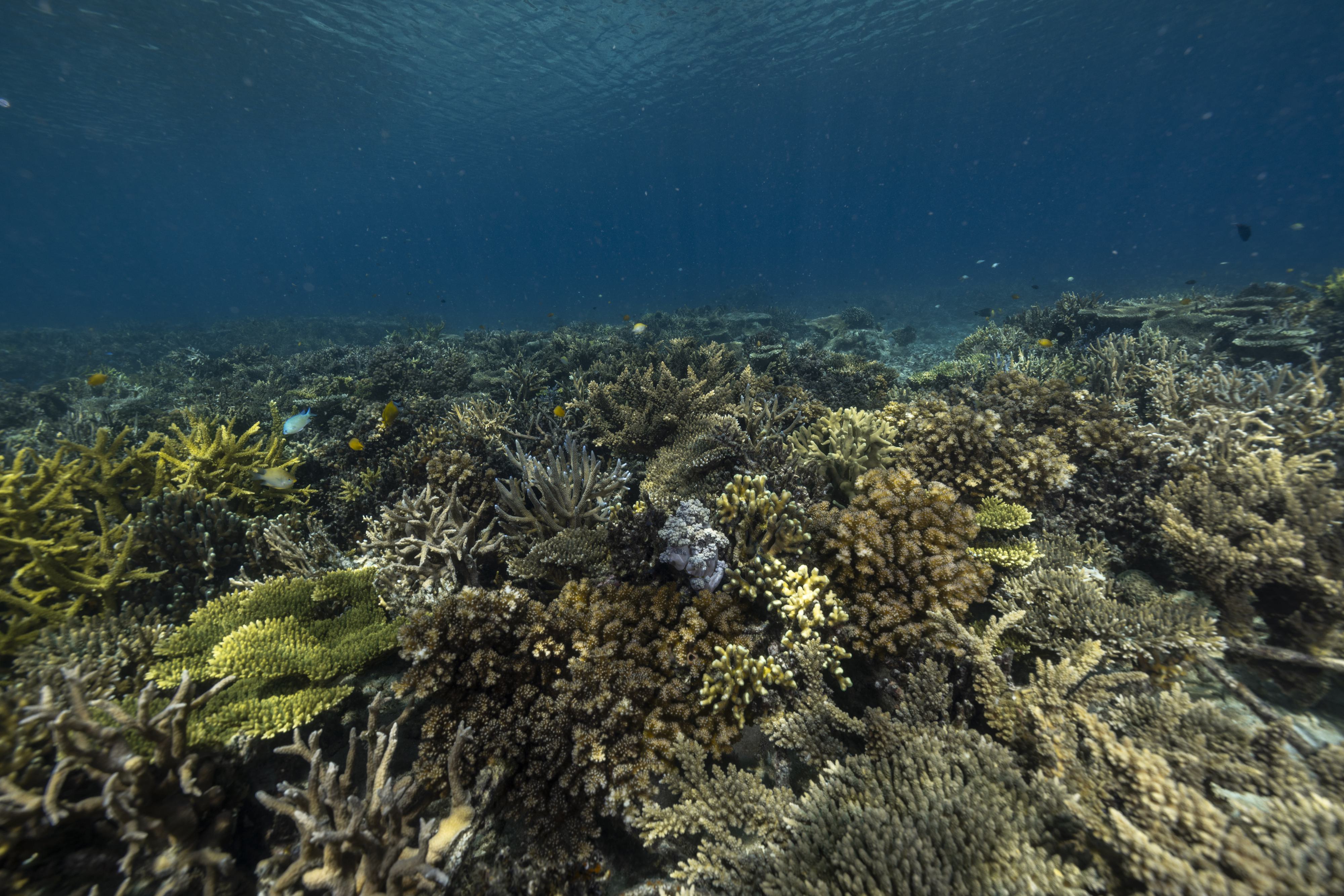
Restoring Reefs and Empowering Communities: Mars Showcases Impact at 2024 Reef Futures Symposium
This December, the Mars team, presented at the 2024 Reef Futures Symposium in Mexico, the premier global event dedicated to advancing coral reef restoration.
This December, the Mars Sustainable Solutions (MSS) team, led by Freda Nicholson, program lead of Australia, and accompanied by Kate Janetski and Jamie Craggs, attended the 2024 Reef Futures Symposium, held in the Riviera Maya, Mexico.
Reef Futures is the premier global symposium dedicated to coral reef restoration and intervention strategies, bringing together scientists, practitioners, policymakers, and industry leaders from around the world. Held biennially, the event focuses on advancing innovative solutions to ensure coral reefs thrive into the next century. It serves as a platform for sharing research, showcasing cutting-edge technologies, and fostering collaborations to scale impactful restoration efforts worldwide.
At Reef Futures, we believe in the power of collaboration and innovation to drive meaningful change, to accelerate the pace and scale of coral reef restoration efforts worldwide.
Tom Moore
CRC Board Member and Director of Reef Futures

With coral worldwide still recovering from the mass thermal bleaching event that occurred because of the 2023/2024 El Nino, the 2024 Reef Futures symposium was a pivotal opportunity for participants to immerse themselves in the beauty of the marine ecosystem whilst sharing critical knowledge to protect the future of these coral reefs in a changing climate.
During the Symposium, the MSS team presented findings from a series of studies conducted within Mars’s largest restoration site in Spermonde, Indonesia, on the ability of restoration using MARRS to restore both ecological and social function. The Mars coral reef restoration program in Indonesia is uniquely positioned to address the ability of coral outplanting to return ecological function due to its size (c.a. 5ha), the number of corals outplanted in the one location (c.a. 600,000) and the duration that the restoration has been monitored (up to 7 years), therefore, several ecosystem functions directly related to service provision on healthy, degraded and restored reefs could be quantified.
Restoration of coral reef ecological & social function using MARRS:
Background:
Restoration programs can re-establish coral cover over relatively large areas, but little is known about whether these ‘restored’ ecosystems can provide the same functions and services as natural coral reefs. The potential to restore full ecological function is essential for resilience and productivity and provides the greatest return on investment for those funding restoration. Additionally, restoring functions that speak directly to sustainable human use, for example by adding touristic value to a reef, can leverage funding and support from a diverse range of sources.

Results:
Can MARRS restore coral reef carbonate budgets?
First, Freda presented findings on the ability of MARRS (Mars Assisted Reef Restoration System) to restore coral reef carbonate budgets, defined as the balance between calcium carbonate production and erosion. We consider these budgets a predictor of a reef's ability to provide important geo-ecological functions including, but not limited to, structural complexity, reef framework production and coastal protection.
The results of this study demonstrated the ability of restoration to recover important ecosystem functions such as reef carbonate production, structural complexity, and vertical reef accretion potential within 4 years.

Can MARRS restore the ecological function of habitat complexity?
Secondly, the MSS team presented the findings on how restored carbonate budgets drive habitat complexity, talking through the use of photogrammetry to assess the restoration of small- and large-scale structural complexity – a key contributor to coral reef ecological function.
This demonstrated that our restoration efforts have successfully enhanced small- to medium- scale habitat complexity, as evidenced by increases in surface complexity and fractal dimension metrics. However, over the relatively short timescales assessed (<4 years), it did not achieve maximum vertical relief in comparison to reference sites, attributed to a lack of large natural or artificial physical structures, and the limited time over which growth was assessed.
Overall, our findings underscore the importance of combining diverse restoration approaches, especially when aiming to restore habitat complexity characteristics essential for regenerating fish biodiversity and biomass.

“Within the MARRS program, we place a high value on applying learnings as needed and continually modify our practices to apply best restoration practice. We assess and analyse the full environmental impacts of the Mars Assisted Reef Restoration System, continually looking for ways to refine and improve every stage of our restoration work”.
Freda Nicholson
Mars Sustainable Solutions



